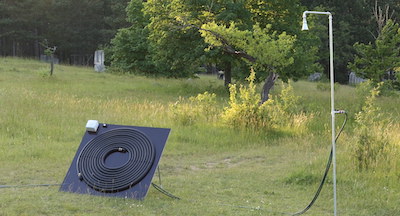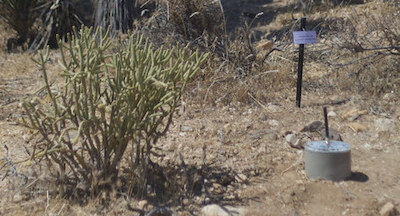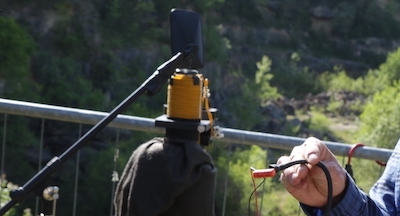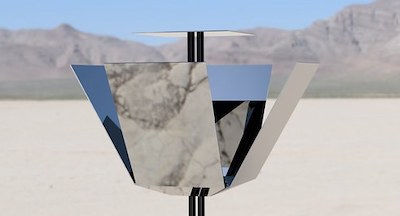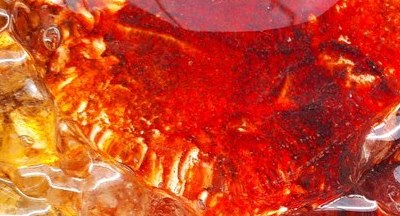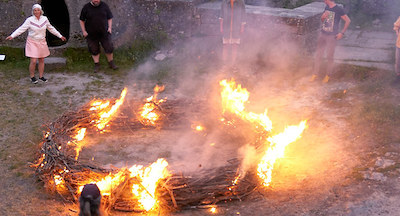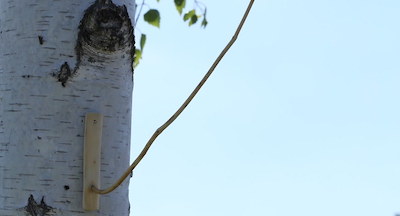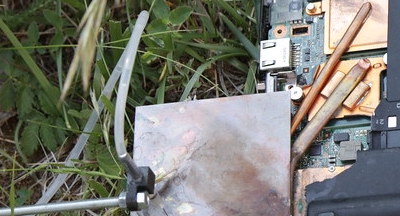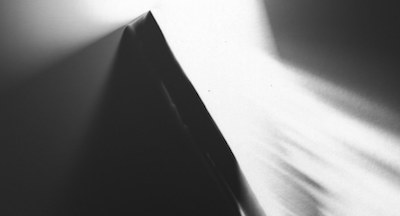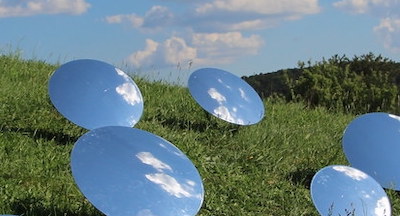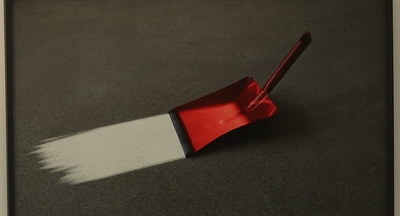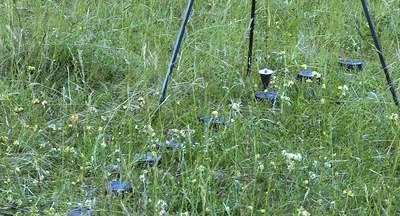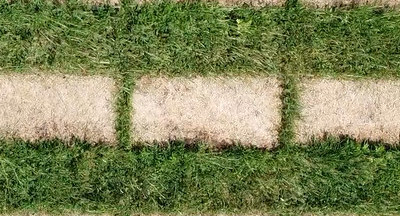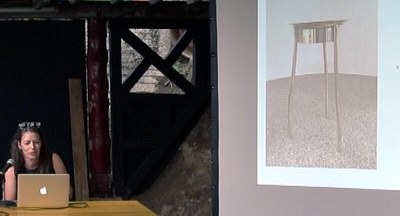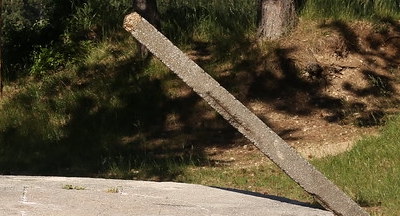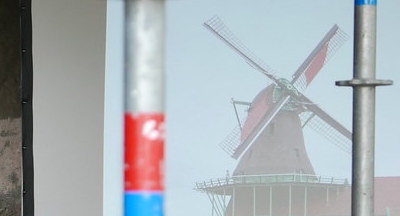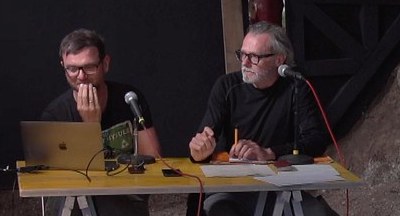
- This event has passed.
Solar Habitat
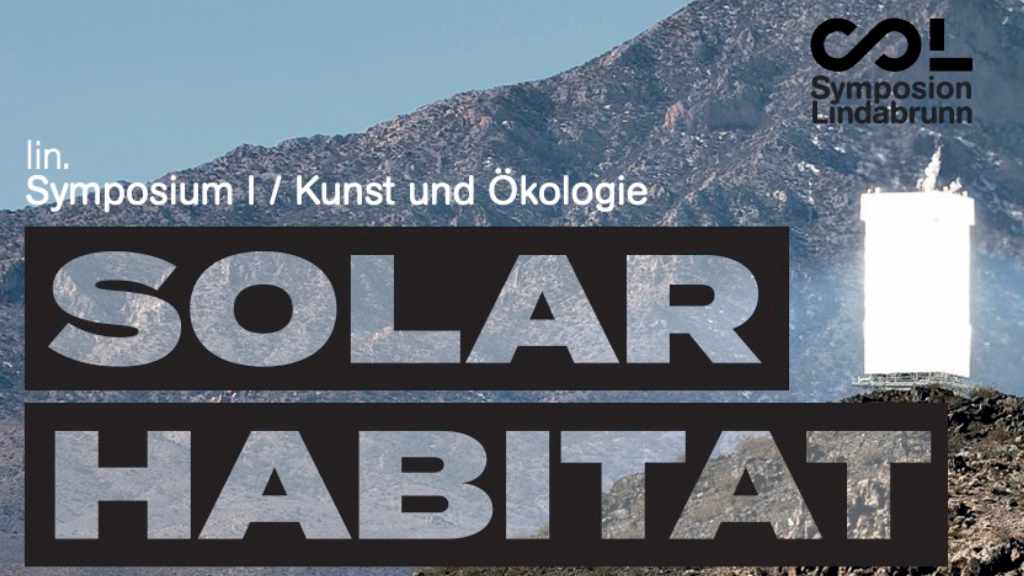
Solar Habitat (exhibition and symposium) curated by The Center of Solar Use Interpretation (CSUI) is dedicated to solar interpretation in the context of art and the climate discourse.
„It is our duty to coming generations to leave this store of energy intact for them, or at least not to touch it until we shall have perfected processes for burning coal more efficiently. We should be able to manufacture the iron we require by using the sun`s energy; without wasting any coal at all“ Tesla, N. (1900).
Inspired by Nikola Tesla’s love of experimentation, Solar Habitat brings together works and contributions that sharpen the focus on solar interpretations within the current climate discourse.
The symposium presents an exhibition and a series of discursive formats that bring together artistic, scientific and experimental positions and locate the term Solar Habitat. The majority of current reporting on the topic of solar refers to technical innovations, CO2 balances and statistical data. In contrast, Solar Habitat is dedicated to the discourse of opposing poles in order to generate new input and new knowledge in the current ecological debate.
CSUI is an independent research and educational institution dedicated to the study, dissemination and understanding of solar interpretations and artistic genesis in the solar field of knowledge.
Detailed program information at:
Please register for the symposium/curatorial tour by 10.6. at
contact@csui.org
Exhibition:
Marianne Ertl (Heinz von Förster Archiv) together with Dirk Baecker and CSUI,
Gottfried Haider,
Barbara Anna Husar,
Pepa Ivanova,
Chris Janka,
Joseph Knierzinger,
Christian Kosmas Mayer,
Anna Mitterer,
Gerburg Neunteufl Pipina Schickaneder,
Leo Peschta,
Sarah Rechberger,
Liddy Scheffknecht,
Benjamin Tomasi,
Arsene Vukov
Symposium:
Michael Braito,
Kris De Decker,
Judith Fegerl,
Edgar Honetschläger,
Pepa Ivanova,
Luisa Paumann,
Bernd Kräftner
Dirk Baecker, Marianne Ertl, (and more…)
In collaboration with Marianne Ertl, Dirk Baecker and Kathrin Stumreich/CSUI, the remake of Heinz von Förster’s Sun Shower was initiated and installed at Lindabrunn. From a loudspeaker you can hear Dirk Baecker talking about his memory of that moment when he stood with Heinz von Förster in his garden and got to know the sun shower.
Gottfried Haider
For several years, I’ve been engaged with a stationary radio transmitter installed in the California Mojave desert that captures data from its surrounding and is fueled only by the sun. The results of its measurements are transmitted via radio waves by using existing amateur radio networks.
Chris Janka
As an electromagnetic wave, light has the same possibilities as the electromagnetic waves in technical signal conductors. These can be conducted through cables, amplified, and connected to loudspeakers converted into another wave form, namely into acoustically perceptible compressed air fluctuations.
Leo Peschta
A sculpture using the principles of thermodynamics to constantly change its shape and therefore reflect different areas of its surrounding generating a flickering distortion in the landscape. In its initial state its in its most outspread form and collects the power of the sun. The more energy it harvests the more it closes changing the angle of its mirrors. When it reaches its minimum expansion state it ventilates its power collector and folds back to its initial state to start collecting energy again.
Pepa Ivanova
Glass panels from the “Warmth” sculpture encapsulate a fictional, solar surface, 40cmx40cm, slumping recycled glass, 2021
Barbara Anna Husar
My first impulse to participate in Solar Habitat was an emotional one. I felt the urge to make the corona visible in its original expression. It is the atmosphere of our sun.
Christian Kosmas Mayer
It is ancient knowledge that I have found at the outside walls of houses in remote Alpine valleys as well as in indigenous communities in Northern America: weather sticks that can forecast the weather. It represents knowledge obtained through the observation of natural processes:
Joseph Knierzinger
Temperature clock apparatus (working title) is a time indicator that uses water and its own waste heat to show the current time. This device consists of a computer mainboard, an additional copper plate for cooling the processor and an X-Y drawing unit. With the X-Y mechanism, the device writes the time on the copper plate with water. The waste heat from the processor evaporates the water on the copper plate and the machine redraws the time. https://joak.nospace.at
Gerburg Neunteufl Pipina Schickaneder
Installation 2021; 26 photograms on RC paper (unframed, laminated on aluminum composite panels), 2 series with 13 pieces each, size 23×30 cm, phosphorescent curved surface.
Anna Mitterer
Liddy Scheffknecht
The installation shows a selection of works dealing with the translation of time into space and the use of sunlight as a sculptural material.
Sarah Rechberger
A black tray with water is placed on the ground. The sun reflects centrally in the water’s surface. Through the focusing tube of a device constructed by the artist, the viewer takes aim at the sun’s reflection and marks the position on the floor indicated by a plumb line.
Benjamin Tomasi
O.T. (the dark side of) is a minimal, process-oriented intervention in a piece of meadow on the grounds of Symposium Lindabrunn. For two months, an area of about 20m2 is shaded on this piece of meadow.
Judith Fegerl
The whole work holds more than what is evidently presented. Judith Fegerl’s main material – energy – is invisible. Her work combines the potential which defines energy itself.
Arsene Vukov
Kris De Decker
Low-tech Magazine questions the belief in technological progress, and highlights the potential of past knowledge and technologies for designing a sustainable society. Because a web redesign was long overdue, we decided to build a low-tech website that meets our needs and abides by our principles.
Not only fireflies, but also humans and all living organisms glow. Every cell absorbs natural light and emits ultrasubtle light (biophotons). In this way, whole organisms communicate with each other at the speed of light.
Science is telling us that we need to change our lives. How should we do that? Should we allow a ‘paternalism light’, in the sense of a evidenced based environmental and climate policy, to nudge us into self-imposed docility?
suNEARth is a performative talk about radio astronomy data of the sun as a resourceful field for sonification and multi-wave imaging.

